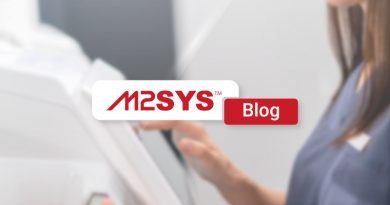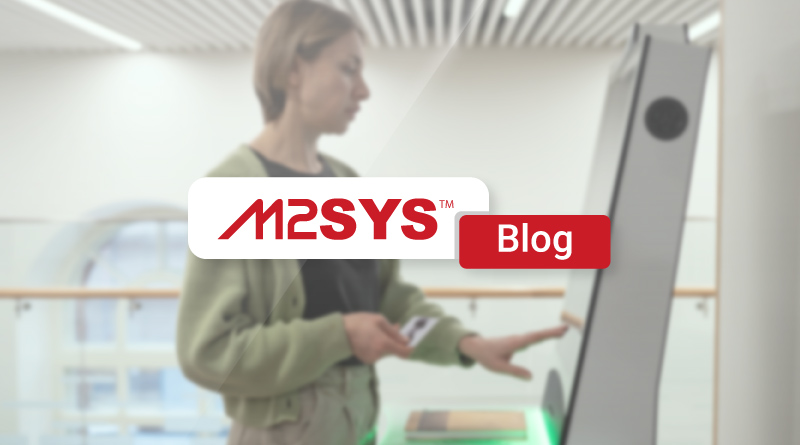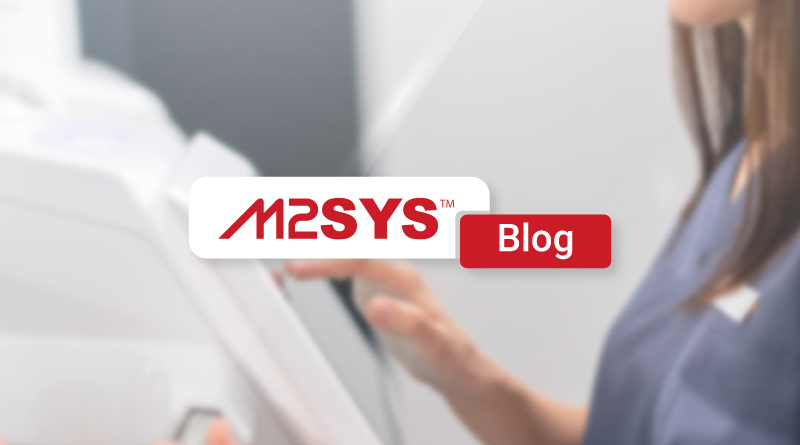Digitizing Border Checkpoints for Immigration Security: Integrating AI for Predictive Threat Detection
Digitizing border checkpoints enhances immigration security by integrating AI for predictive threat detection. This approach allows agencies to identify risks early, improving safety without hindering travel. AI analyzes data patterns, reducing false alerts and enabling faster, more accurate decision-making at borders.
TL;DR
- Border agencies face challenges from irregular migration and smuggling, requiring smarter solutions.
- Digitizing checkpoints with AI and real-time data helps prevent threats and ensures smoother operations.
- AI reduces false alerts and prioritizes real threats, enhancing security and efficiency.
- Real-time data integration connects biometric checks with intelligence networks for comprehensive traveler assessments.
- Behavioral analysis and anomaly detection improve risk identification, allowing better resource allocation.
- Scalable, customizable systems adapt to various border types, ensuring long-term security and compliance.
- M2SYS eGov offers solutions that address integration challenges, providing quick, cost-effective deployments.
- Proactive strategies lead to faster processing, fewer errors, and enhanced community protection.
- Customizable platforms support inter-agency collaboration, strengthening defenses against evolving threats.
Explore how M2SYS eGov can help your agency build effective, tailored border systems. Contact us today to learn more.
How can border agencies stay one step ahead of threats that change every day? Governments around the world face rising challenges from irregular migration and smuggling networks. Digitizing border checkpoints for immigration security offers a smart path forward. By blending AI with real-time data, agencies spot risks early and act fast. This approach shifts from chasing problems to preventing them, making borders safer without slowing down travel.
What Are the Main Challenges in Modern Border Management?
Border teams deal with massive data flows from travelers, visas, and global alerts. Without strong systems, officers drown in information, leading to delays and missed threats. For instance, integration issues between immigration, customs, and law enforcement often create gaps. High costs from outdated setups add up, while compliance with rules like international data-sharing standards becomes a headache. In places like busy airports or land crossings, these problems slow operations and raise security risks. However, new tools now help tackle these issues head-on.
Why Integrate AI for Predictive Threat Detection?
AI changes the game by analyzing patterns in historical data and live feeds. It flags unusual behaviors, such as odd travel routes or mismatched identities, before they become problems. Border agencies in Europe, for example, have cut false alerts by 30% through AI models, according to recent reports from the International Organization for Migration. This means officers focus on real threats, not minor glitches. Plus, AI handles data overload by sorting and prioritizing info, so teams make quicker decisions. As a result, borders run smoother and safer.
How Does Real-Time Data Integration Boost Security?
Connecting biometric checks with global intelligence networks gives a full picture of each traveler. Systems pull in data from passports, fingerprints, and watchlists instantly. This setup spots high-risk individuals early, like those linked to smuggling rings. In the United States, agencies have used similar integrations to reduce illegal entries by improving coordination. Yet, many face hurdles in linking old systems with new tech. Fortunately, platforms that allow easy customization solve this by bridging gaps without major overhauls.
What Role Do Behavioral Analysis and Anomaly Detection Play?
AI tools study traveler actions, such as nervous patterns at checkpoints or inconsistent stories. They compare this against normal behaviors to detect lies or hidden intents. A study by the World Customs Organization shows that such methods catch 40% more risks than manual checks alone. This proactive stance cuts down on reactive fixes, like last-minute detentions. Agencies then allocate resources better, focusing on training or equipment instead of constant firefighting.
Can These Systems Adapt to Different Border Types?
From sea ports to remote land borders, needs vary. Scalable solutions fit any setup, whether centralized in a capital or spread out in field offices. For example, Iraq’s border modernization project equipped checkpoints with digital identity verification, slashing paper-based delays and boosting accuracy. Projects like this show how tailored tech handles local laws and terrain. Therefore, governments build systems that grow with demands, ensuring long-term security.
How M2SYS eGov Addresses These Border Challenges
With over 20 years working alongside governments in the U.S. and globally, M2SYS brings real-world know-how to border management. Their M2SYS Border Control Solution lets agencies build and deliver secure, interoperable solutions for border control. It tackles pain points like integration hurdles by offering no-code setup for quick deployments, cutting costs and delays. For instance, its AI modules analyze data to predict threats, providing risk scores and alerts that help officers act swiftly. Moreover, it ensures compliance through country-specific workflows and secure data sharing across agencies.
What Benefits Come from Proactive Border Strategies?
Agencies see faster processing times and fewer errors with AI-driven tools. Real-time insights mean threats get stopped early, protecting communities. In high-traffic areas, this efficiency frees up staff for critical tasks. Market trends point to more governments adopting these methods, driven by policy shifts toward shared intelligence. As smuggling networks grow smarter, staying ahead requires tools that evolve. Platforms like M2SYS eGov make this possible by enabling custom builds that fit exact needs, from air to land borders.
Why Consider Customizable Platforms for Future Borders?
Building on proven projects, such as those in Iraq, shows that flexible platforms reduce operational headaches. They support inter-agency teamwork through standard APIs, fostering better collaboration. In turn, this leads to stronger defenses against evolving risks. Governments that invest in these solutions position themselves for success, balancing security with smooth travel. If your agency faces similar issues, exploring platforms like Border Management System by eGov could provide the tools to create effective, tailored border systems.
Frequently Asked Questions
What Are the Main Challenges in Modern Border Management?
Modern border management faces challenges such as managing large data volumes from travelers, visas, and global alerts. The lack of integrated systems can lead to delays and missed threats. Learn more about successful approaches in Modern Border Management.
Why is AI Integration Crucial for Predictive Threat Detection?
Integrating AI allows border agencies to predict potential threats by analyzing historical data and real-time feeds. This enhances decision-making and focuses resources efficiently. For further insights, explore AI-Powered Behavioral Alerts.
How Can Real-Time Data Integration Improve Security?
Real-time data integration connects biometrics with global intelligence networks, providing comprehensive traveler profiles and enhancing threat detection. Discover more about how such systems increase border security in the Face Biometrics System.
Can Tailored Systems Adapt to Different Border Environments?
Systems like those developed by M2SYS are scalable and adaptable to various border types, ensuring compliance with local laws and demands. This flexibility is detailed further in the Border Management System.
How Does the M2SYS Border Control Solution Address These Challenges?
The M2SYS solution offers robust tools to digitize border operations, leveraging AI for real-time decision-making. Read more about its capabilities on the M2SYS Border Control Solution page.











